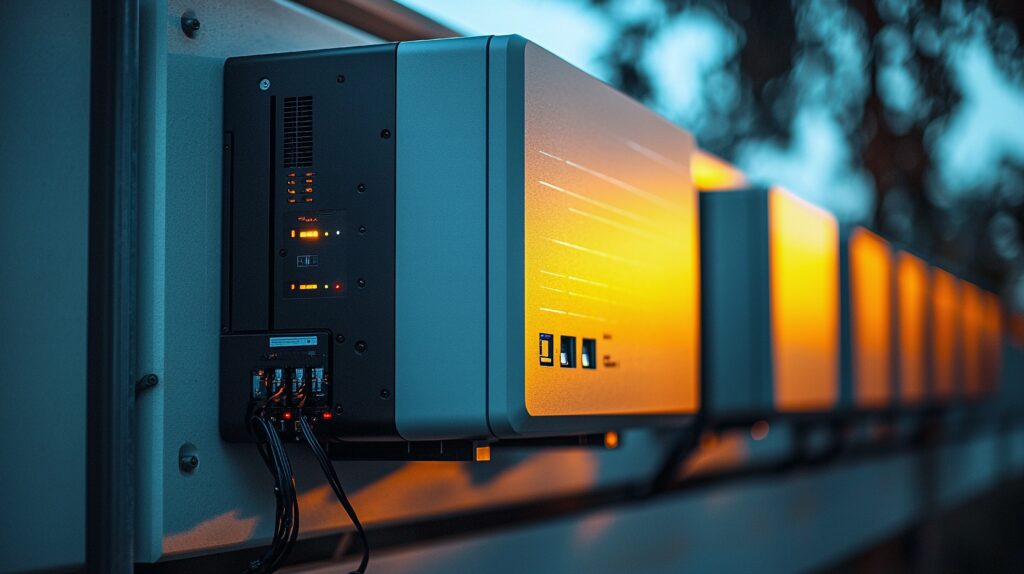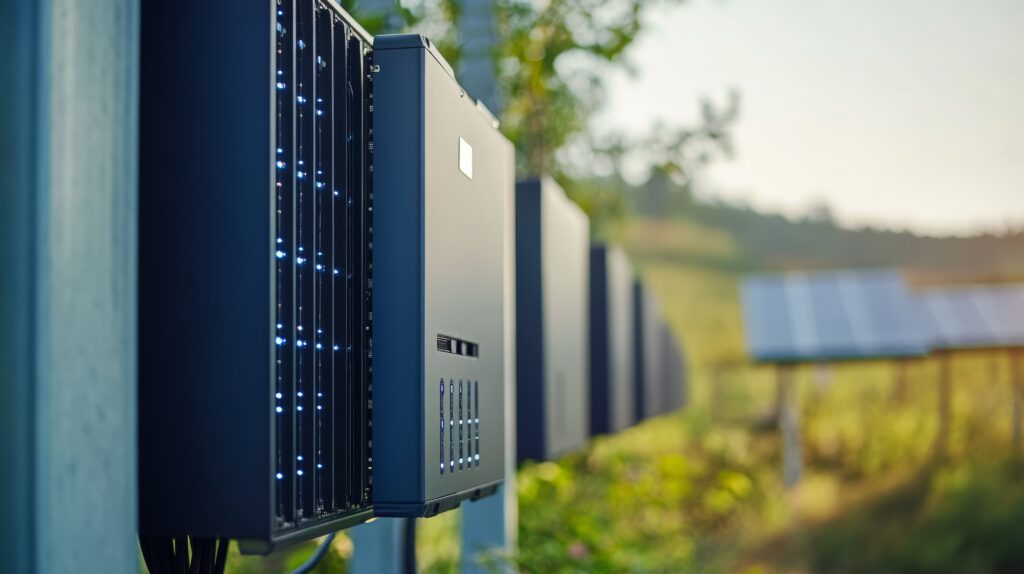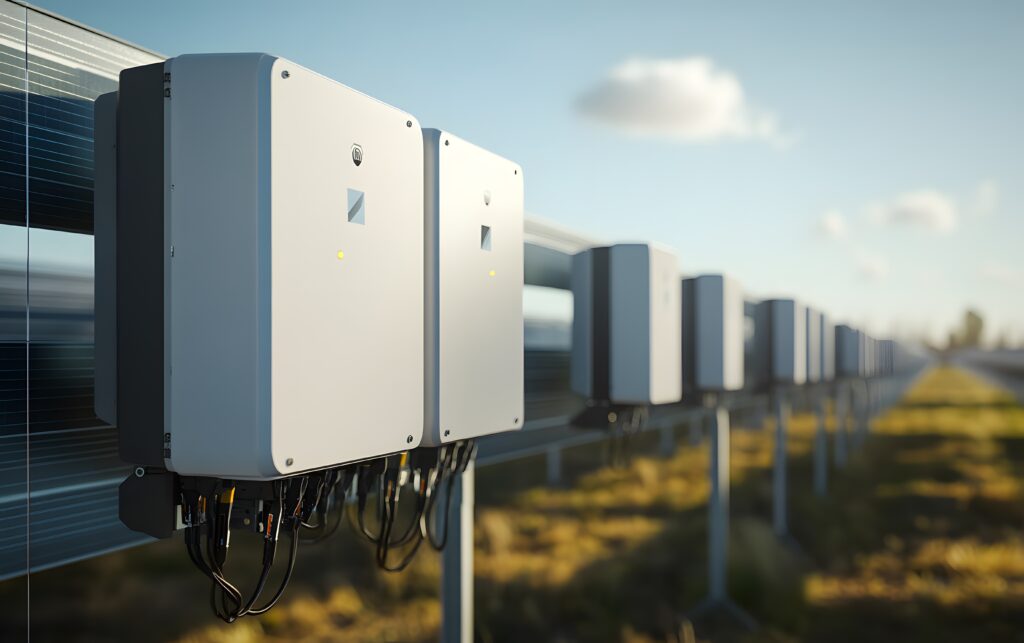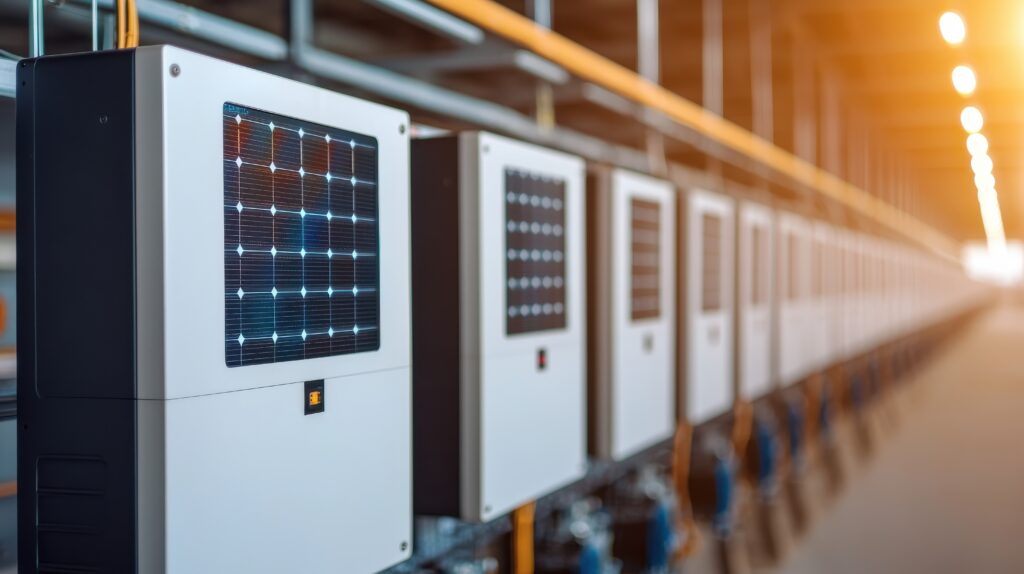



In the world of solar energy, string inverters are one of two primary inverter technologies inform the efficiency of residential and commercial solar energy systems along with microinverters. Both systems convert the direct current (DC) electricity generated by solar panels into alternating current (AC) electricity used in homes and businesses. Yet, there are notable differences when it comes to shade tolerance and panel-level monitoring that can significantly impact system performance and energy savings.
Microinverters
Microinverters are small devices attached to each solar panel. They operate independently, allowing each panel to function optimally regardless of the performance of its neighbors. This design is particularly advantageous for installations that might be affected by shading, such as trees or buildings. If one panel is shaded and producing less energy, the others can still operate efficiently without the risk of diminishing overall system performance. This is often referred to as improved shade tolerance.
Advantages of Microinverters:
-
Shade Tolerance: Microinverters excel in shaded conditions. Since each panel operates independently, shades on one panel do not affect the energy output of the rest. This feature ensures higher total energy production, particularly in environments with partial shading.
-
Panel-Level Monitoring: Microinverters enable homeowners to monitor the performance of each individual solar panel. This real-time data allows for more precise diagnoses of any issues, ensuring timely maintenance and optimal performance.
-
Increased Energy Harvesting: The ability to optimize output on a per-panel basis means that microinverter systems often yield a higher energy return compared to string inverter systems, especially in less-than-ideal conditions.
String Inverters
String inverters consolidate the inverter function into a single unit connected to a series of solar panels, or a “string.” This system offers certain benefits, but its limitations in shade tolerance and monitoring can be significant.
Advantages of String Inverters:
-
Cost-Effective: Generally, string inverters are less expensive to install compared to microinverters. This cost differential can be appealing for large installations focused on cost savings.
-
Simplicity: With fewer components than a microinverter system, string inverters are simpler to install and maintain. This straightforward design can lead to lower long-term maintenance costs.
Comparison of Shade Tolerance
One of the critical differences between microinverters and string inverters is their response to shading. In a string inverter setup, if one panel in the string is shaded, it can reduce the output of the entire string. This “domino effect” diminishes the overall efficiency of the system, especially in areas where shading is an issue at certain times of the day. Microinverters, on the other hand, offer performance consistency across individual panels, ensuring that energy production remains higher even when some panels are affected by shade.
Panel-Level Monitoring
Panel-level monitoring is another area where microinverters shine. With string inverters, monitoring is generally limited to the performance of the entire string. This can make it challenging to identify issues with specific panels. Conversely, microinverters allow users to see the performance of each solar panel, which helps in ensuring that the system operates at peak efficiency. In cases where lower output is detected from a specific panel, quick remedial action can be taken, which isn’t as straightforward with string inverters.
Conclusion
The choice between microinverters and string inverters largely depends on the specific needs of the installation. If shading is a concern or if the goal is to maximize energy production with detailed monitoring, microinverters present significant advantages. For those looking for a more cost-effective, simpler solution, string inverters might be the preferred choice.
In summary, understanding the differences between these two types of inverters can guide consumers and businesses alike to make informed decisions that enhance their solar energy systems’ effectiveness and efficiency. For more information about these technologies and the latest innovations in solar energy solutions, visit Andromeda Energy.
Explore more about solar-related topics by visiting our blogs, including:
For Further Detail
https://www.renewableenergyworld.com/


Leave a Reply